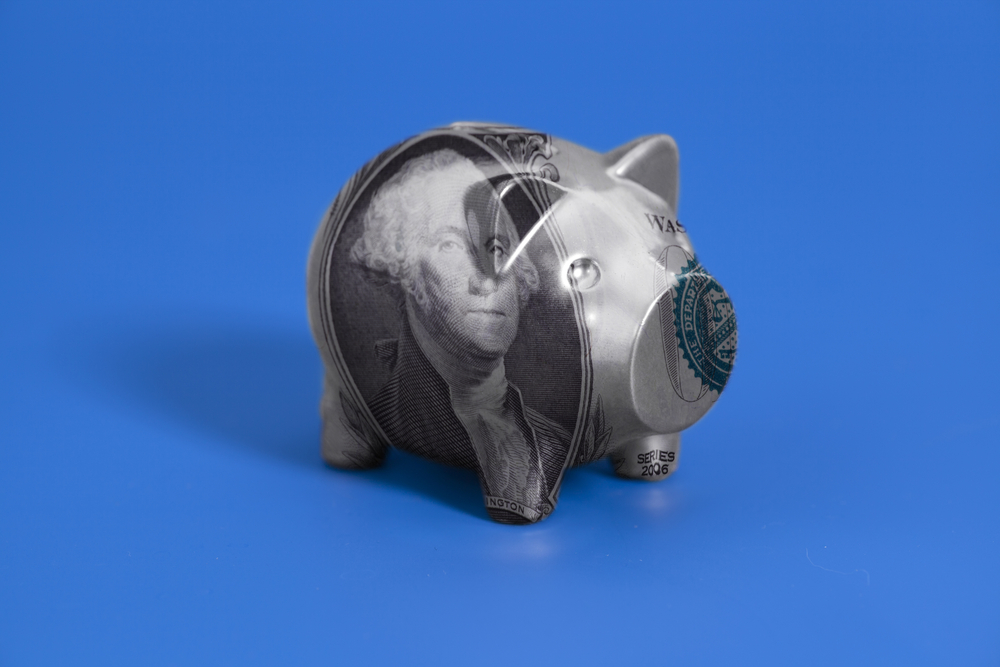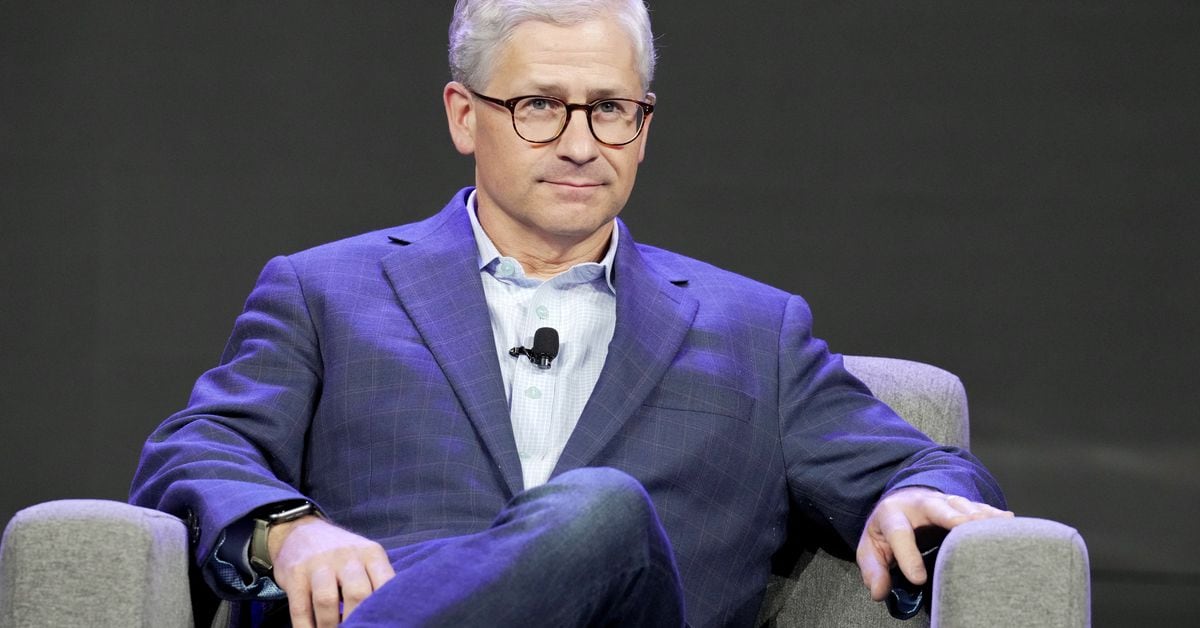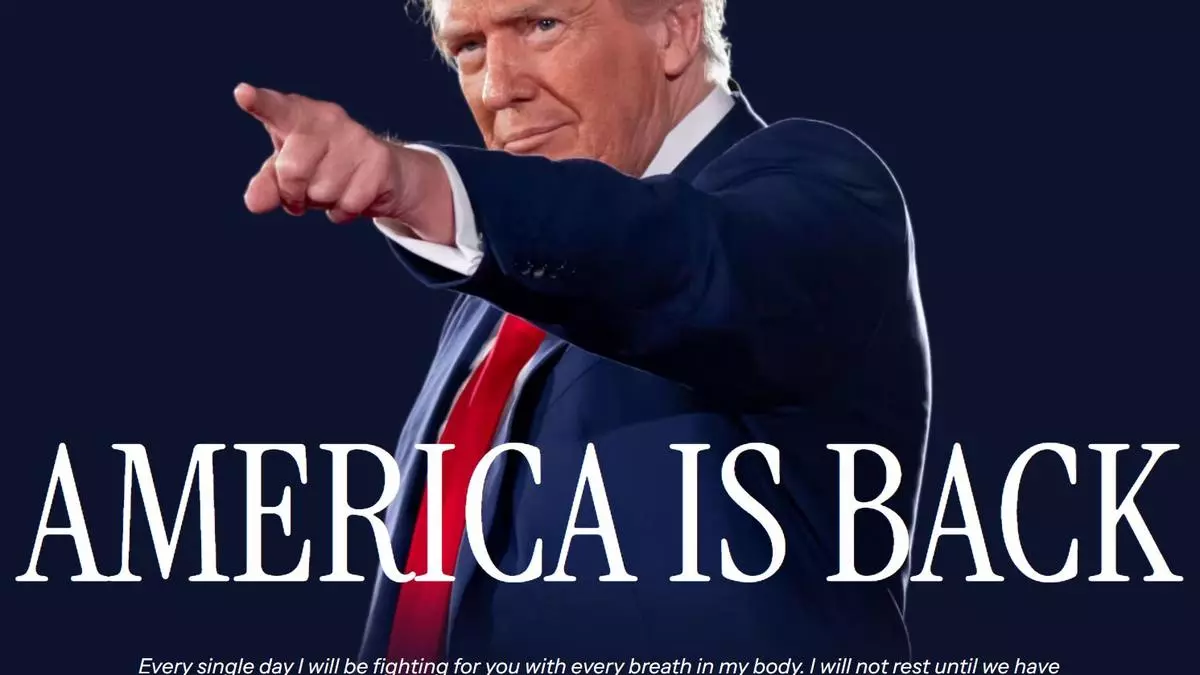This article is an on-site version of our Unhedged newsletter. Sign up here to get the newsletter sent straight to your inbox every weekday
Good morning. We are keen to hear your end of year market thoughts. What are the biggest risks? Opportunities? What are your stock picks & sector bets? Favourite markets? Burning questions? Send it all to: [email protected] & [email protected].
Unhedged Predictions 2023, or, This Ain’t Investment Advice, People
If Ethan or I thought we could reliably outsmart the market, we’d be doing it for a living (I did spend a few years trying to outsmart the market for a living. It was hard.) We don’t make predictions like the ones below — where we take the over or the under against market consensus — with expectation of being right more than half the time.
The point, instead, is to clarify and crystallise our current thinking about the market. Predictions also create an opportunity for accountability. We all struggle under two powerful cognitive illusions. Looking forward, we think we can see the future better than we actually can. Looking back, we think we did predict the future better than we actually did. Making predictions helps control these twin biases.
It is only a slight exaggeration, then, to say that the whole point of making predictions is that they create an opportunity to be wrong, and to learn something. Moreover, making predictions is good fun for us and for readers, who can at least look forward to a good laugh at the end of next year.
The coming year poses a particular challenge for developing a fun and stimulating set of predictions. In 2023, more than most years, one prediction towers over and determines all the rest: what is the path of inflation, and how will monetary policy respond to it? If you believe that inflation will come down quickly without help from a recession — so-called “immaculate disinflation” — then it follows that the US Federal Reserve can start to cut rates next year, risk assets should do well and 10-year Treasury yields can ease off as long-term inflation worries abate. Alternatively, if you think inflation will prove stubborn, and that the Fed is determined to stamp it out, then it follows that policy would stay higher for longer, risk assets will struggle, and recession is more likely.
Unhedged is in the latter camp, and thinks consensus is too optimistic. We believe inflation has peaked, but that getting close to the Fed’s 2 per cent target will be hard, and that the central bank really is determined to finish the job. That said, the latest round of economic data has brought us a bit closer to the market consensus (and consensus has been creeping in our direction in recent months, too). It’s a horribly boring thing to say, but consensus looks pretty sensible to us — just too sunny.
Anyway, here goes. All predictions are for year-end unless otherwise noted:
S&P 500. Strategists’ consensus is 4,200, or a 10 per cent rally from current levels. We take the under. Stocks are down 20 per cent from their highs, short of even the average non-recession bear market decline of 25 per cent, according to Ned Davis Research. Recessionary bear markets are worse still: 35 per cent is the average drop. Some, like JPMorgan’s Marko Kolanovic, think stocks will push through the hard part in the first half of 2023, and will rebound to finish the year. We don’t buy it, partly because we think the recession is likely to start in the later part of next year (much of the US economy looks resilient today, and the stimulus savings won’t run out until the third quarter). That rebound may have to wait for ‘24.
10-year bond yield. Economists’ consensus says 3.7 per cent by the end of October 2023, or just a shade higher than where we are today. We hate making this call, but we take the under. What is tricky is that there are two reasons to own a long Treasury that might be in conflict by late next year. On the one hand, if inflation is proving difficult to get to target (and our guess is that it will be) investors may want more compensation for taking duration risk. On the other hand, if the Fed is still holding rates near their peaks late next year (our central forecast), then the chances that it will eventually drive the economy into recession are pretty high. This will push investors towards the safety of Treasuries. We think a year from now the market will have realised that the Fed means business and is absolutely willing to risk a recession. Treasuries should be even more popular than they are now (chart from the Bank of America fund managers’ survey):
Fed funds rate. Market consensus says: 4.9 per cent peak, 4.4 per cent year-end. We think the peak rate is five or five and a quarter, which hardly amounts to a disagreement. But the over looks good to us for year-end. The Fed is going to keep policy restrictive until they are sure. What is its incentive for messing around?
Consumer price index. Market consensus says: about 2 per cent by the end of next year (and beyond). We’ll take the over. Inflation may well glide down fast at first, helped along by goods deflation and softer rent growth. But progress will slow to a crawl next year as inflation reaches its underlying rate, driven by high consumption and wage-price pass-through at labour-intensive businesses. Energy could jump again too. Stubborn inflation should spur the Fed to hold rates higher for longer, but 2 per cent looks unlikely in 2023.
Unemployment rate. Economists’ consensus says: 4.7 per cent in the fourth quarter of 2023. Under. The economy’s resilience suggests high rates will take time to really bite. By year-end, we’ll have just enough unemployment, perhaps a hair above 4 per cent, for everyone to start pointing to the Sahm rule as evidence the recession bell has tolled. But the strong economy and a structural labour shortage will keep the unemployment rate low.
To sum up the Unhedged house view: inflation stickier than the market thinks; Fed more hawkish than the market thinks; risk assets struggle; long rates under some downward pressure as recession begins to take hold late in the year.
Do we have high confidence in any of this? Heck no.
Here is our big worry. We don’t see why Covid-19 and the epic stimulus that followed it should have changed the economy fundamentally. We are headed back to the low inflation pre-crisis status quo at some point. Looking at strong company results, the strong labour market, surprisingly buoyant markets and so on, it seems to us that this reversion to the old world is going to take a little while. But could it happen quite suddenly? Sure it could. Inflation rose fast, after all.
This is the view of some very smart folks, including UBS’s Alan Detmeister, who we talked to last week. He thinks the current bout of inflation is much like the 1946-48 postwar inflation surge, the product of an economy in transition. Once backlogs cleared and pent-up demand was exhausted, CPI, which peaked at 20 per cent, collapsed. Today, Detmeister fears the worst: the Fed is beating down on inflation that would’ve fallen on its own, driving the economy into recession for fear of the Arthur Burns precedent.
We will have a few last things to say about next year tomorrow — in our last letter of 2023. (Armstrong & Wu)
One good read
Late but extremely strong candidate for nuttiest political story of the year.
Recommended newsletters for you
Cryptofinance — Scott Chipolina filters out the noise of the global cryptocurrency industry. Sign up here
Swamp Notes — Expert insight on the intersection of money and power in US politics. Sign up here















